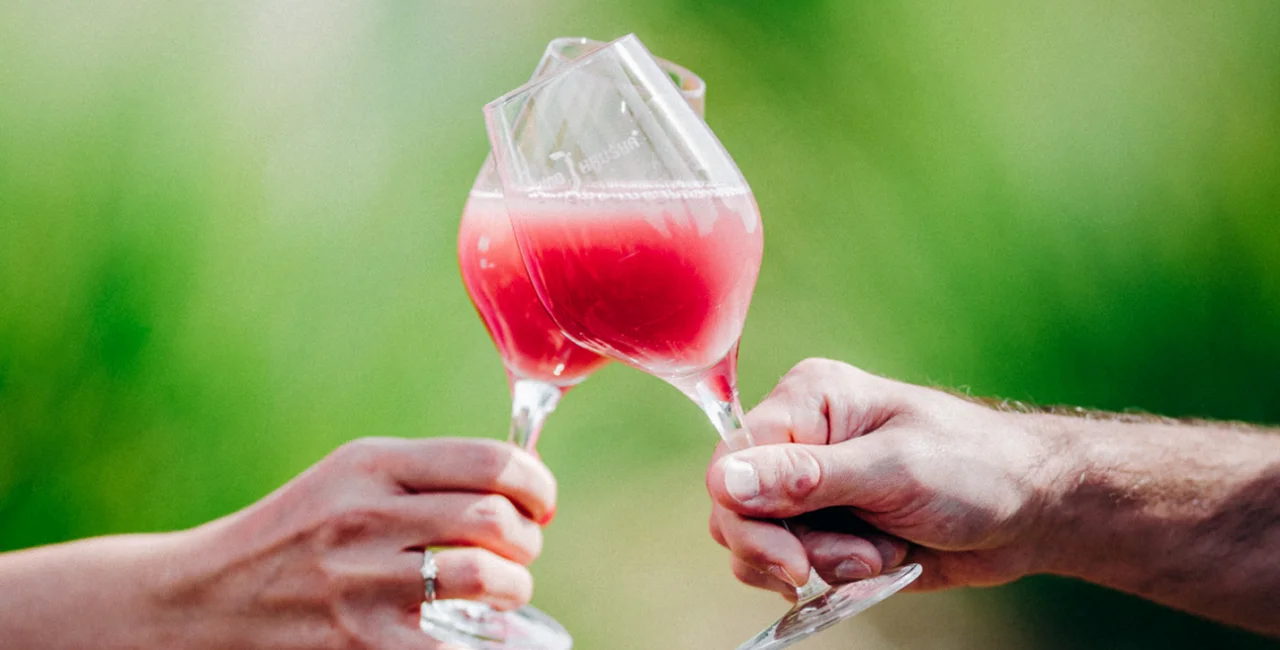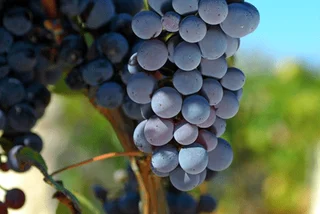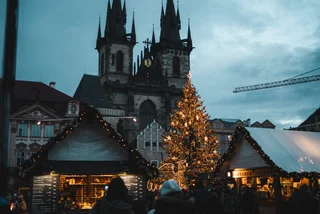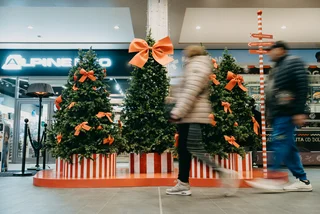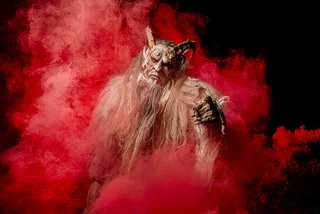As summer comes to an end, the wine harvest season begins. With it comes a new crop of burčák, the fermented Moravian wine with a fleeting season that's unique in the world: burčák can only be named as such if it comes from Czech grapes.
The season officially runs from August through the start of November although early September is when burčák consumption kicks into full swing with wine harvest festivals (vinobraní) commencing and roadside and supermarket stands popping up throughout the country.
But there’s a right and a wrong way to buy and imbibe this autumn delight and according to experts if you want a true taste of young wine, these stands should be avoided at all costs.
How to partake in the best of Moravian burčák without leaving Bohemian Prague? We’ve put together a list of tips on where to sip as well as some do’s and don'ts for buying burčák in 2022.
This year’s harvest and price

Experts say this year’s warm summer and lack of moisture had a beneficial effect on the content of aromatic substances in the grapes and the structure of acids which should result in a good year. The price range on the market is currently quite wide, from CZK 60/liter to about CZK 150 CZK but prices typically run between CZK 80–CZK 120 per liter.
Red, pink, or yellow?

Burčak is most often made from white grapes of aromatic varieties — Irsai Oliver, Muscat Moravský, and Müller Thurgau. Red burčak, which comes from blue varieties — Svatovavřinecké and Frankovka — is rarer. Burčák rosé is even rarer still and is produced by briefly macerating blue grapes with their skins.
Do’s and Don’ts

The experts at Vinomapa, say there are some tell-tale signs to look for when shopping for the best-tasting burčak as well as some things you can do after you buy to ensure freshness.
Don’t buy anything brown: Look for deep yellow-green with a soft ocher shade. Brown coloring indicates a lack of freshness or the use of low-quality grapes. Cloudier consistency indicates a higher acid content so if you prefer sweeter varieties, look for the unclouded one.
Do listen, taste, and smell before buying: Quality burčak should give off a fresh, pleasant aroma of the grape variety it’s made from and the flavor should be grapey with mild hints of fermentation; avoid anything with a strong acidic smell or bad taste. It should also pop and fizz which means fermentation is taking place as it should.
Do pay attention to timing: While the law allows for sales of Czech burčák as early as Aug. 1, grapes aren't usually mature this early on. The first varieties are collected closer to the middle of August and won’t reach sellers until after this date. Anything you buy before this is likely partially fermented cider that's been imported.
Don’t buy from stalls: Skip stalls that won’t confirm the product’s origin or place of production, won't let you taste, or keep bottles in the sun all day. Buy only from verified manufacturers and suppliers like wine sellers.
Do drink it warm and keep the cap loose: Once you’ve got your PET bottle, keep the cap loose (the ongoing fermentation process lends itself well to fridge explosions!) and drink it warm: Burčák can reach up to 25°C while still in the barrel.
Where and how to buy quality burčák in Prague
Farmers' markets such as Náplavka typically offer more than one variety of burčák from verified sellers. Organized harvest festivals also take place in these locations including Jiřího z Poděbrad on Sept. 9–10 and Náplavka on Sept. 30.
Wine bars (vinotéka) Take a PET bottle to your local wine shop and fill up. Dobrotéka in Žižkov lets you reserve a bottle fresh from Moravia for pick up and will also attend festivals at Náměstí Miru (Sept. 23) and Grébovka park (Sept. 24).
Vinotéka Karlín sells the rare red variety from Sept. 20 and family winery Víno Hruška has seven branches throughout Prague where you can reserve burčak from Moravian Blatnička (in previous years they sold the elusive rosé variety).

Harvest festivals (vinobraní) In addition to those dates mentioned above, the Czech capital sees a wine festival practically every weekend in September starting with Troja wine festival (Sept. 9) Prague Castle wine festival (Sept. 10-11), wine harvest in the Prague Botanical Gardens (Sept. 17-18), and St. Wenceslas vintage (Sept. 24).
What is your favorite burčak variety?
Follow our weekly events and culture articles, published every Thursday and Sunday, for more dates for wine festivals in Prague and beyond.












 Reading time: 4 minutes
Reading time: 4 minutes 